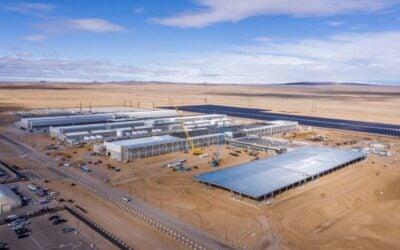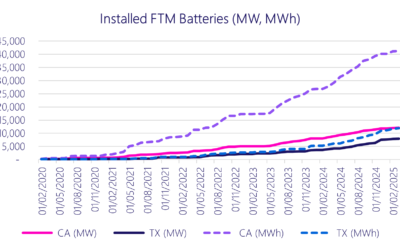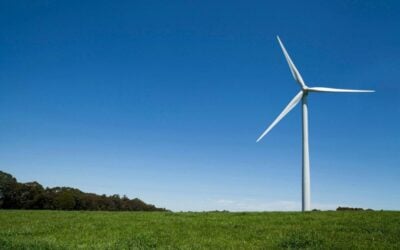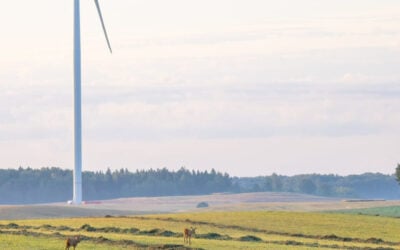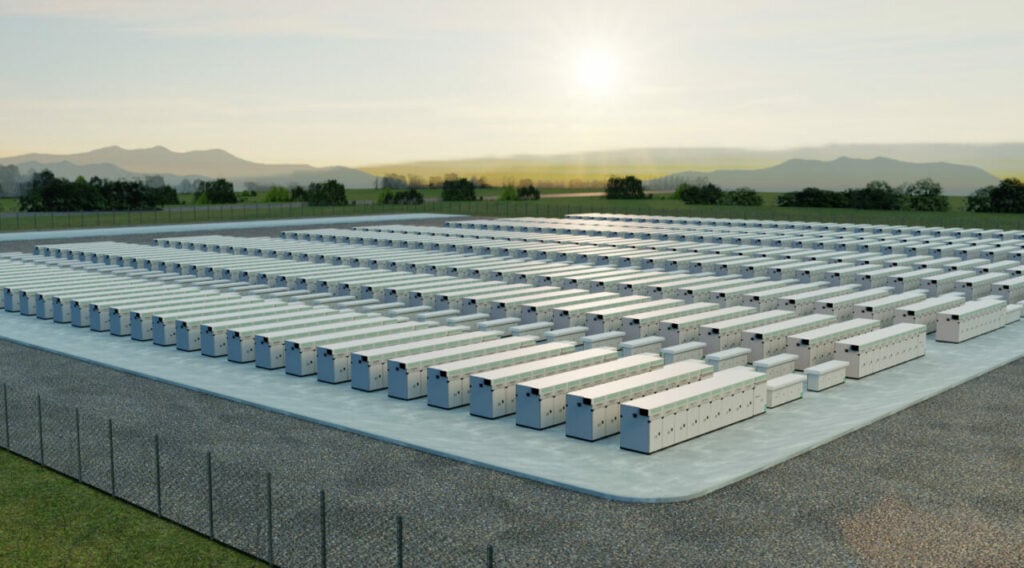
Continued growth in rooftop solar and “record-breaking” investment into utility-scale energy storage led renewable energy to fulfil almost 40% of Australia’s electricity supply in 2023, according to a new report from the Clean Energy Council (CEC).
The trade association’s Clean Energy Australia 2024 report shows that renewables accounted for 39.4% of the country’s electricity supply last year, representing a 9.7% increase. This rise was facilitated by 5.9GW of new clean energy capacity which came online, spearheaded by rooftop solar.
Enjoy 12 months of exclusive analysis
- Regular insight and analysis of the industry’s biggest developments
- In-depth interviews with the industry’s leading figures
- Annual digital subscription to the PV Tech Power journal
- Discounts on Solar Media’s portfolio of events, in-person and virtual
Last year, Australia added 3.1GW of rooftop solar PV capacity, equivalent to 337,498 households and small businesses, the CEC said. The country has long been the world’s leading market for rooftop solar – according to a March 2023 report from the CEC, distributed rooftop solar fulfilled 14% of Australia’s electricity consumption in Summer 2022/23.
Another March report, from solar industry consultancy SunWiz, found that total rooftop solar capacity in Australia had surpassed 20GW.
2023 also saw “record-breaking” financial commitments into new utility-scale energy storage projects.
“27 battery projects are under construction, up from 19 at the end of 2022,” CEC chief executive officer Kane Thornton said. This represents 5GW/11GWh of storage capacity, the report said – up from 1.4GW/2GWh of capacity in 2022. These speak to a general increase in the average duration of storage projects in Australia, as well as their prevalence.
The largest project currently under construction is the 850MW/1,680MWh Waratah Super Battery in New South Wales, in which the government-backed Clean Energy Finance Corporation (CEFC) invested AU$100 million in June 2023. This project is expected online in 2025 and Energy-Storage.news Premium published an interview this week with Danny Lu, executive VP of Powin Energy, the battery storage system integrator to it.
2023 also saw AU$4.9 billion (US$3.2 billion) in new financial commitments for utility-scale energy storage and hybrid projects with storage, an increase from AU$1.9 billion (US$1.2 billion) in 2022. Q2 2023 alone saw storage investment break the billion-dollar mark, a large portion of which is attributable to the Waratah project.
The year ended with impressive figures despite a significant downturn in financial commitments in Q3.
Over 56,000 household battery systems were also installed in 2023, according to figures from SunWiz, up from around 43,000 in 2022.
Whilst energy storage and rooftop solar are going from strength to strength, the outlook for Australia’s utility-scale generation market is less positive.
2.8GW of large-scale capacity was added in 2023, a 500MW increase from the previous year, spread across 22 projects.
Financial commitments to new large-scale generation projects were lacking in 2023 – no backing was announced for new wind capacity, and just seven new solar projects with a combined 912MW capacity were announced. 2022 saw ten new solar projects receive backing, with a combined 1.5GW capacity.
To read the full version of this story, visit PV Tech.
Energy-Storage.news’ publisher Solar Media will host the 1st Energy Storage Summit Australia, on 21-22 May 2024 in Sydney, NSW. Featuring a packed programme of panels, presentations and fireside chats from industry leaders focusing on accelerating the market for energy storage across the country. For more information, go to the website.

